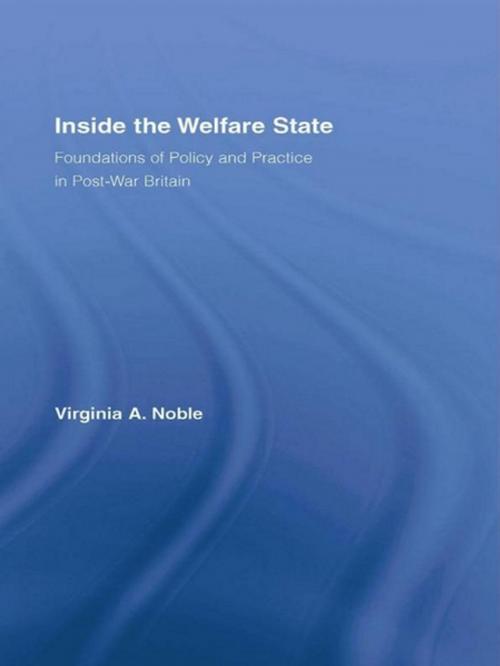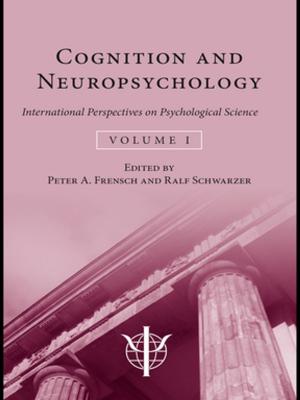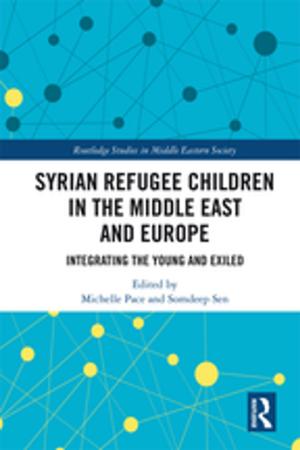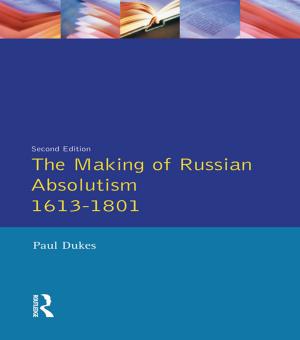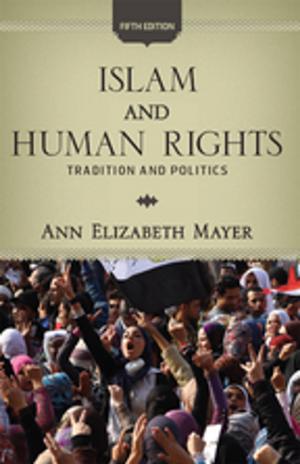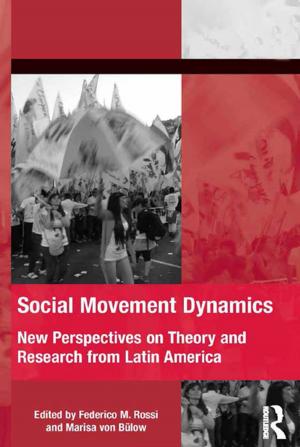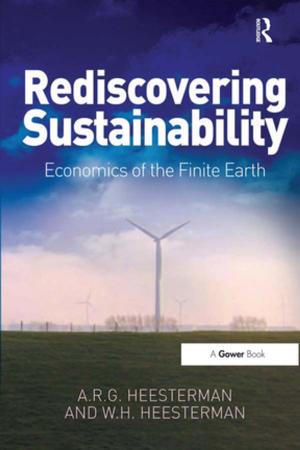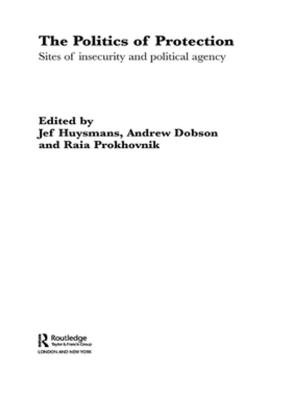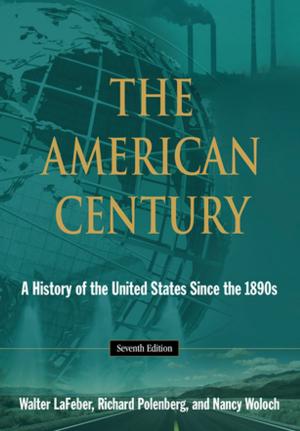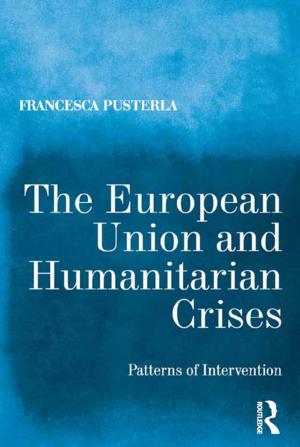Inside the Welfare State
Foundations of Policy and Practice in Post-War Britain
Nonfiction, Social & Cultural Studies, Political Science, Politics, Social Services & Welfare, Government, Public Policy, History, British| Author: | Virginia Noble | ISBN: | 9781135990930 |
| Publisher: | Taylor and Francis | Publication: | November 19, 2008 |
| Imprint: | Routledge | Language: | English |
| Author: | Virginia Noble |
| ISBN: | 9781135990930 |
| Publisher: | Taylor and Francis |
| Publication: | November 19, 2008 |
| Imprint: | Routledge |
| Language: | English |
By moving beyond consideration of the welfare legislation enacted in the 1940s, this book explains how government aid was actually provided in the new British welfare state created just after World War II. Revealing dimensions of social policy that have been neglected by scholars, this study uncovers the practices of the officials who decided how welfare would be distributed. Between 1945 and 1965, social policy was in a state of flux, as officials sought to reconcile the new welfare state’s message of unqualified inclusion with deeply ingrained norms that militated against providing state aid to working-age men, to women who had even a tenuous connection to a male wage-earner, or to black and Asian immigrants who lacked an authentic "British" identity. Fusing the rationales of the poor law and the technologies of the modern bureaucratic state, various government branches tried to shape the behavior and attitudes of those seeking benefits. These mechanisms of welfare distribution created a bureaucratic language and logic that foreshadowed the more publicized, politicized anxieties that would surface as the welfare state itself came under attack later in the 20th century.
By moving beyond consideration of the welfare legislation enacted in the 1940s, this book explains how government aid was actually provided in the new British welfare state created just after World War II. Revealing dimensions of social policy that have been neglected by scholars, this study uncovers the practices of the officials who decided how welfare would be distributed. Between 1945 and 1965, social policy was in a state of flux, as officials sought to reconcile the new welfare state’s message of unqualified inclusion with deeply ingrained norms that militated against providing state aid to working-age men, to women who had even a tenuous connection to a male wage-earner, or to black and Asian immigrants who lacked an authentic "British" identity. Fusing the rationales of the poor law and the technologies of the modern bureaucratic state, various government branches tried to shape the behavior and attitudes of those seeking benefits. These mechanisms of welfare distribution created a bureaucratic language and logic that foreshadowed the more publicized, politicized anxieties that would surface as the welfare state itself came under attack later in the 20th century.
